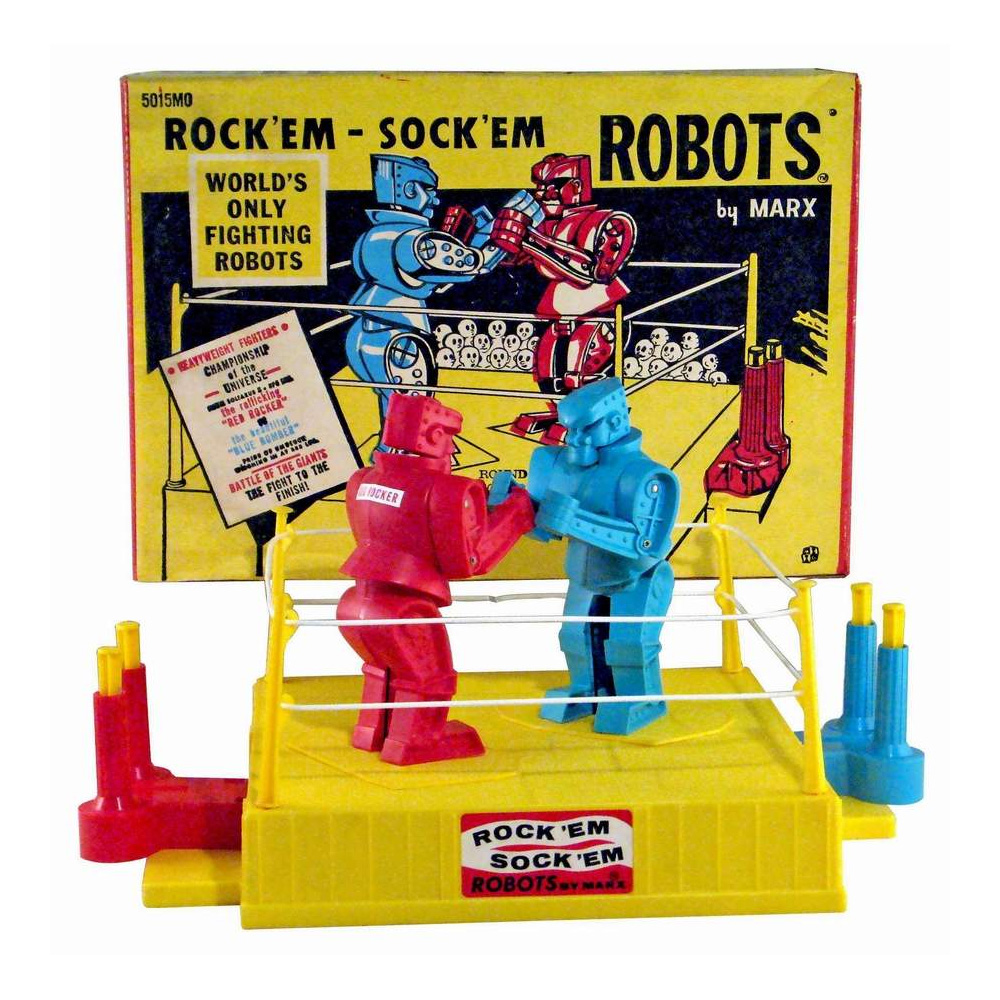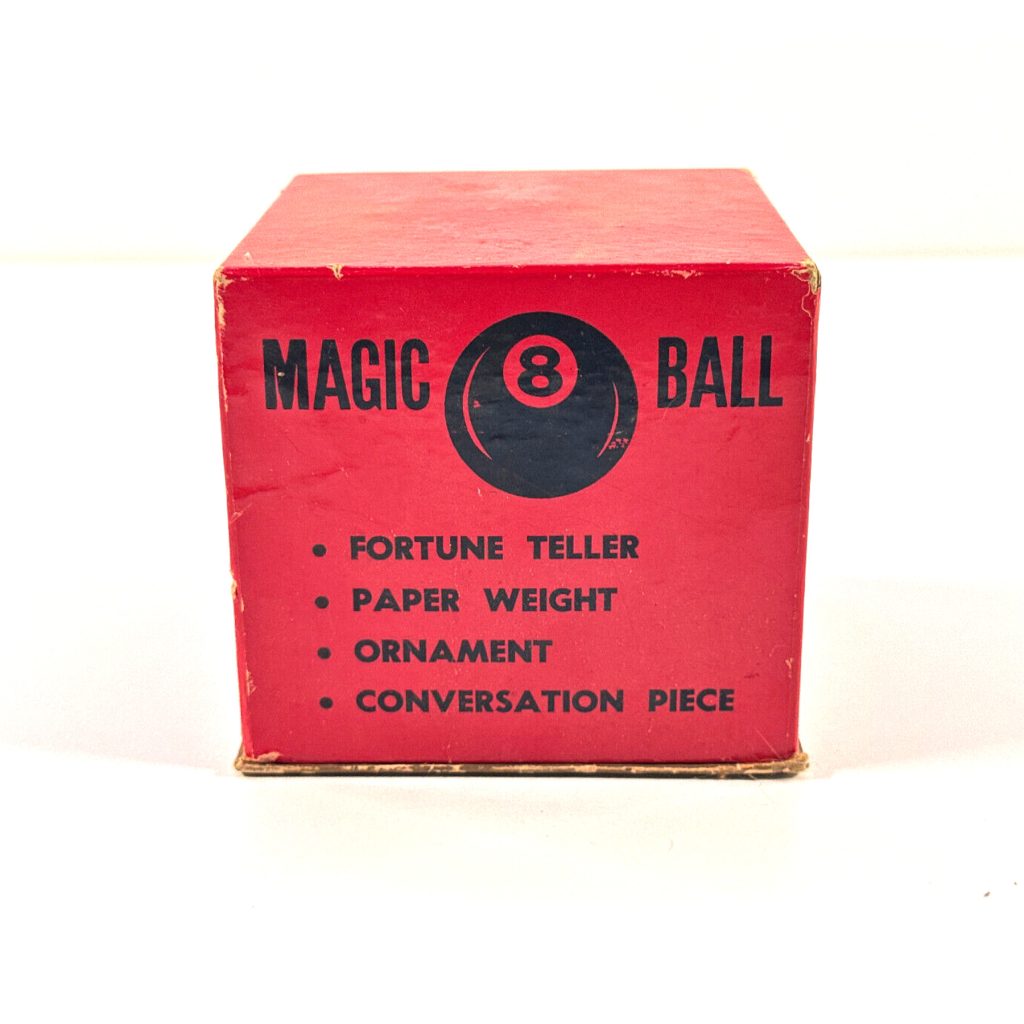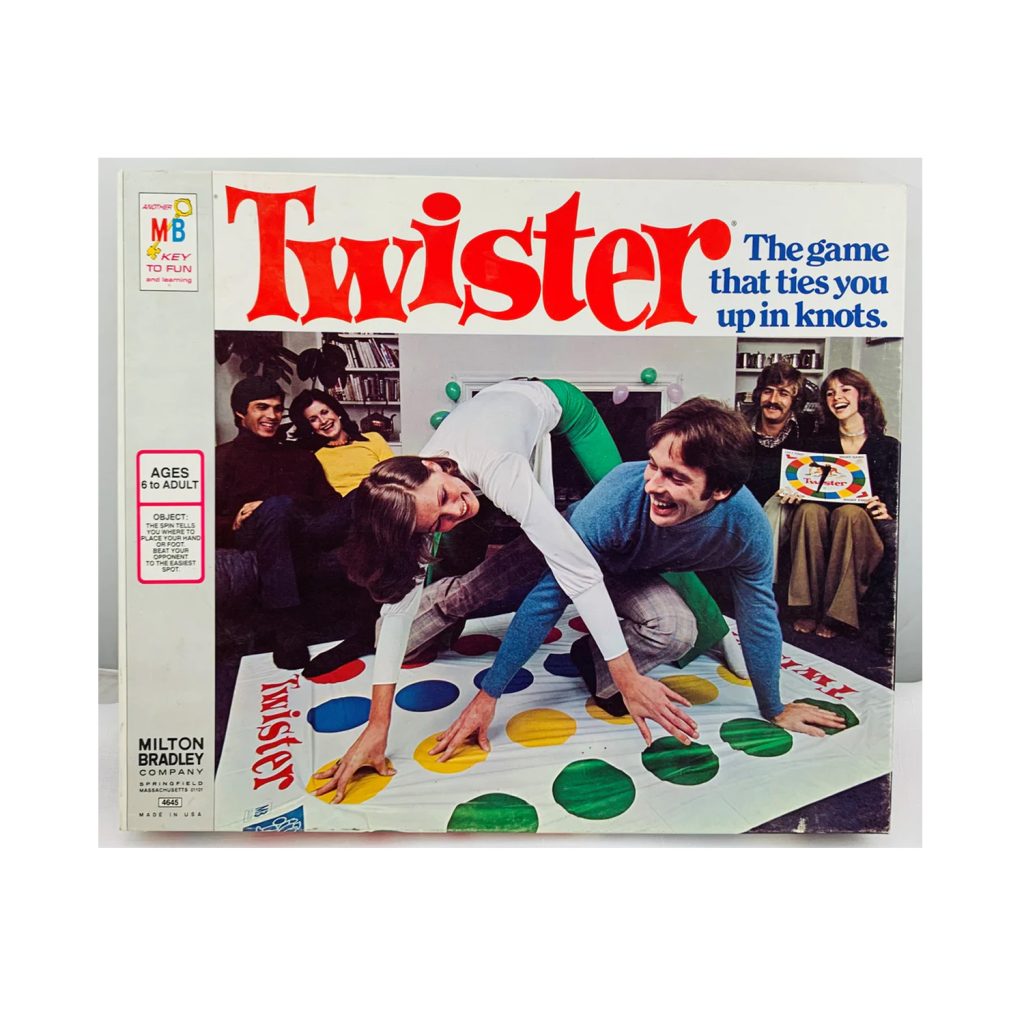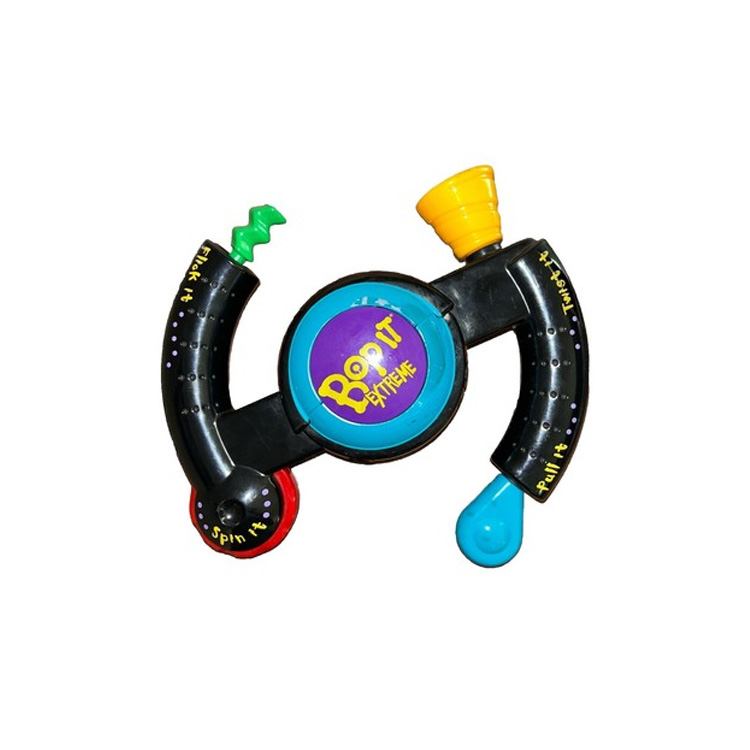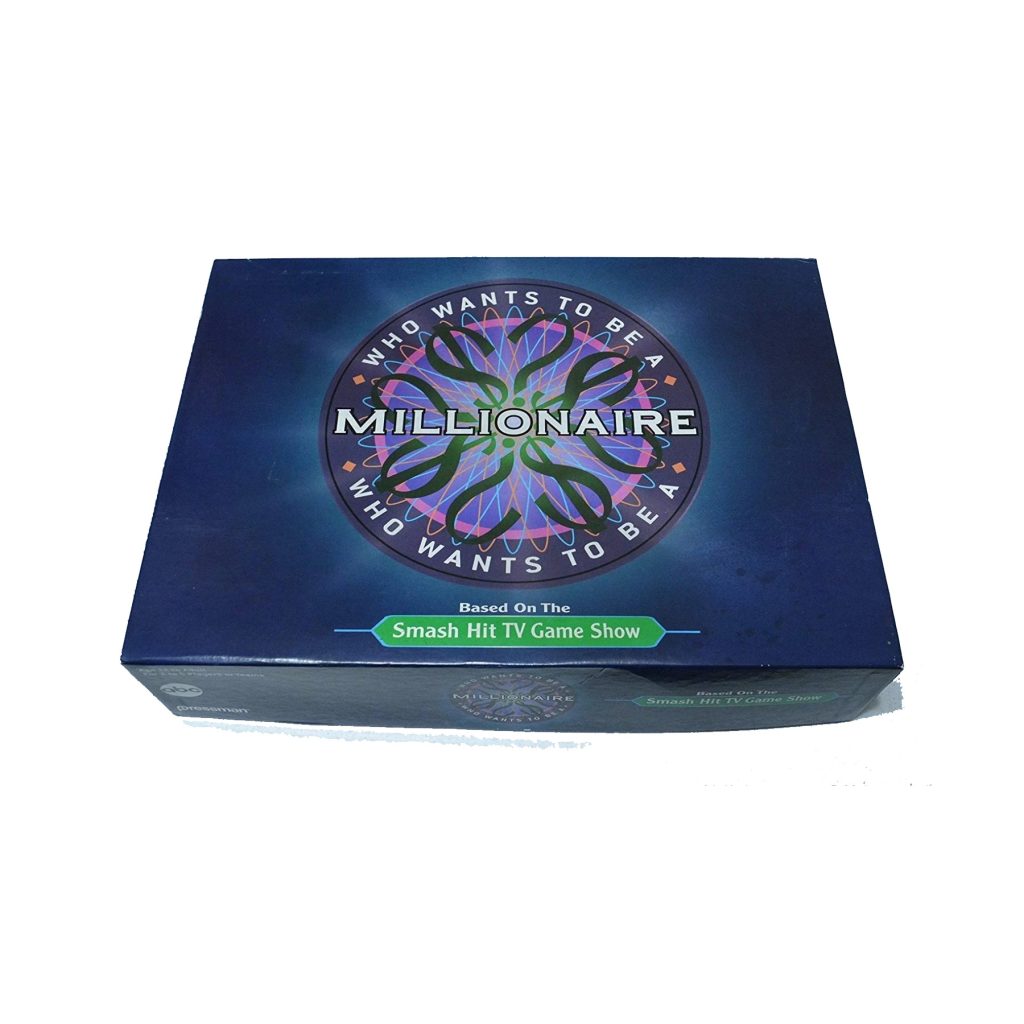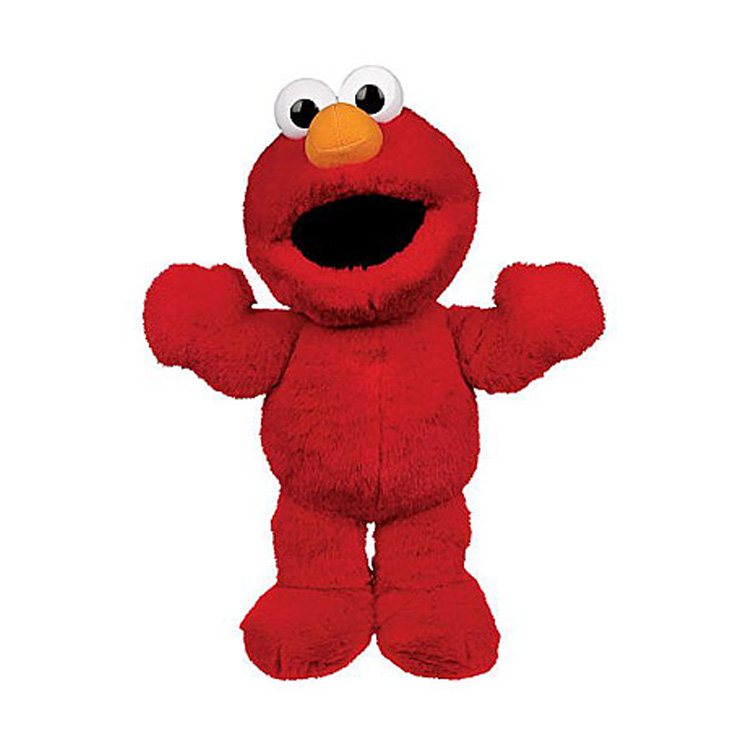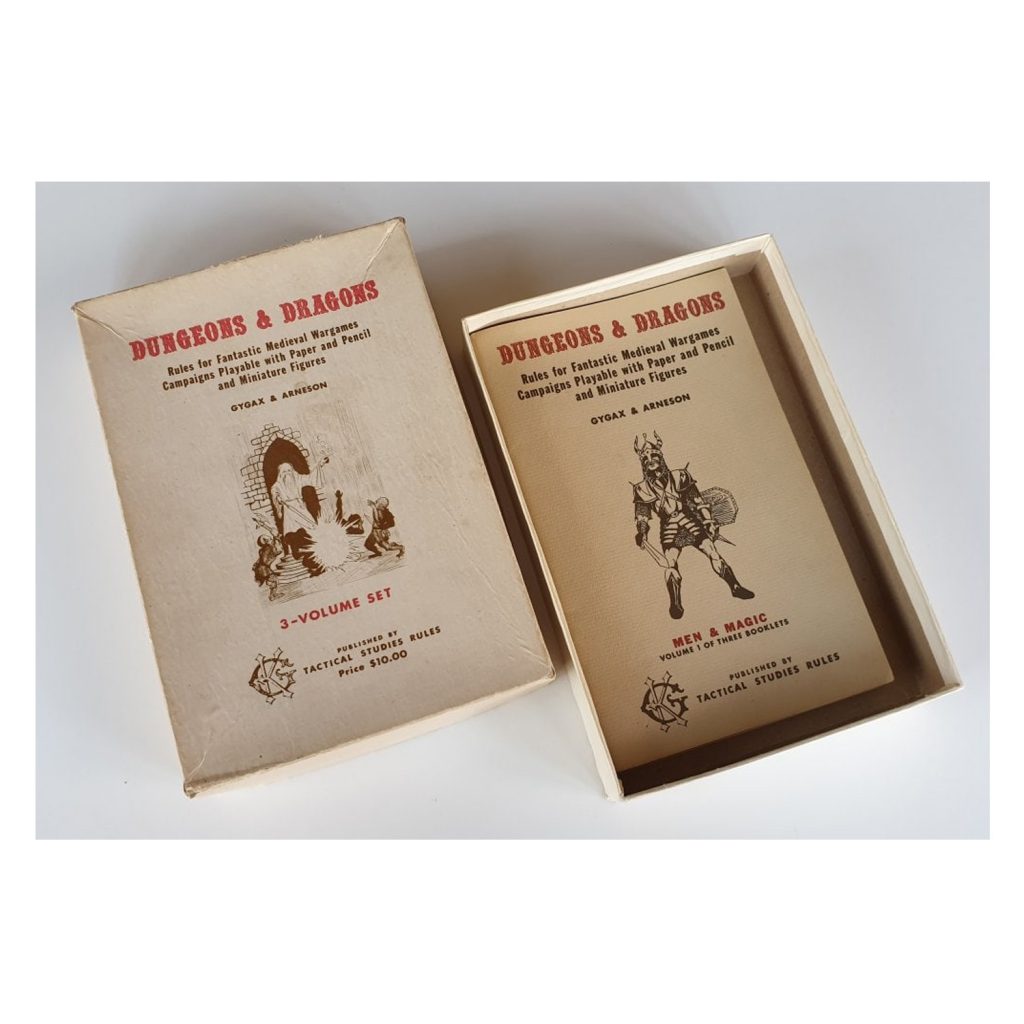
⏰ “Don’t leave it too late — some Christmas best-sellers sell out early each year.”
Dungeons & Dragons Role-Playing Game Top 10 Christmas Toys 1974
Dungeons & Dragons Role-Playing Game Top 10 Christmas Toys 1974
The Dungeons & Dragons Role-Playing Game first appeared in 1974, quietly landing in hobby shops and catalogues before exploding into a cultural phenomenon. On Christmas morning that year, some lucky teenagers unwrapped a slim box set containing odd dice, booklets, and a whole new way of playing games. Unlike Monopoly or Cluedo, this wasn’t about moving pieces along a board. It was about imagination, story, and choice. For those who received it in 1974, it was less a toy and more a gateway to entire worlds.
1974: A Year in Context
1974 in the UK was a year of change. The three-day working week, power cuts, and inflation made life uncertain, yet popular culture offered escapism. Television audiences thrilled to Doctor Who, while fantasy literature like Tolkien’s “Lord of the Rings” was enjoying renewed popularity. Against this backdrop, the launch of Dungeons & Dragons—rooted in swords, dragons, and heroic quests—felt perfectly timed. It gave young people a chance to escape into their own epic stories when the real world felt rather bleak.
The Birth of a New Kind of Game
Created by Gary Gygax and Dave Arneson in the US, Dungeons & Dragons (D&D) combined tabletop wargaming with role-playing storytelling. The original 1974 release came in a small woodgrain box with three rulebooks and a handful of dice. Instead of rigid rules, it encouraged creativity: one player acted as the Dungeon Master, narrating the adventure, while others played characters like fighters, wizards, and clerics. It was revolutionary—children weren’t just playing a game, they were creating an entire story together (see D&D history).
Christmas Morning Play
Those who received D&D in 1974 didn’t just sit down for a quick round. They spent hours reading rulebooks, sketching characters, and rolling unusual polyhedral dice. Early sessions might have been clumsy, but the magic was there: instead of racing to the end of a board, players explored dungeons, fought goblins, and discovered treasure—all in their imaginations. For many teenagers, this became a Christmas that changed the way they thought about play, collaboration, and storytelling.
Adverts and Early Buzz
D&D wasn’t advertised with glossy TV commercials. Instead, it spread through word of mouth, hobby shops, and conventions. Friends taught friends, and soon local gaming groups formed. By the late seventies, it had grown beyond a niche hobby into a cultural touchstone. But in 1974, unwrapping that first box felt like discovering a secret club—an initiation into a world that was waiting to be built by you and your friends.
Price Then and Now
In 1974, the Dungeons & Dragons Role-Playing Game box set retailed for about $10 in the US, roughly £6 in the UK. Adjusted for inflation, that’s about £60–65 today. Compared to mainstream toys, it was a bit niche and expensive, but it offered immense replay value. Unlike board games that could grow stale, D&D expanded endlessly as players invented new worlds, rules, and adventures. Today, first-edition sets are treasured collector’s items, sometimes fetching thousands of pounds.
Why D&D Captured Imaginations
D&D succeeded because it broke the mould. It offered freedom in a way no toy or game had before. Children could be heroes, wizards, or rogues; they could explore caves, fight dragons, and uncover mysteries—all from the safety of the living room. The open-ended structure encouraged creativity, teamwork, and problem-solving. For shy kids, it offered a voice; for imaginative ones, it provided a canvas. In a time when escapism was needed, it provided the perfect outlet.
Nostalgia and Legacy
Those who discovered D&D in 1974 often describe it as life-changing. It wasn’t just a Christmas toy—it became a lifelong hobby. Many recall sketching maps by candlelight during power cuts, rolling dice late into the night, and building friendships around the table. The game’s influence has since spread into books, films, and video games, making it one of the most important cultural exports of the 20th century. Yet for those first players, it will always be remembered as the little box that changed Christmas forever.
1974 Christmas Memories
Families remember curious teenagers pouring over unfamiliar dice, parents puzzled by the lack of a board, and siblings slowly drawn into the adventures. While other kids raced cars or battled robots, D&D players were quietly forging friendships and creating epic stories. The game turned dining rooms into taverns, bedrooms into dungeons, and Christmas afternoons into adventures that lasted for years.
Conclusion
The Dungeons & Dragons Role-Playing Game of 1974 wasn’t just a toy—it was a revolution. It changed what games could be and gave children the power to tell their own stories. If you remember opening that first box, you can relive the moment in our Top 10 Christmas Toys 1974 archive. Explore how it compares with other most popular Christmas toys of the era, and see what kids dream of today in our Top 10 Christmas Toys 2025 guide. From dice rolls to dragon fights, D&D turned Christmas 1974 into the start of an epic adventure.
Some links on our site are affiliate links. If you buy through them, we may earn a small commission — at no extra cost to you. 🎄
⏰ “Don’t leave it too late — some Christmas best-sellers sell out early each year.”
Available From:

